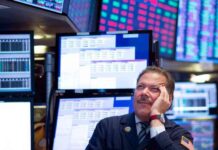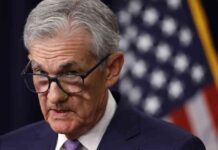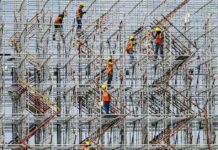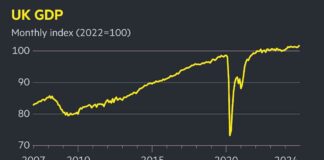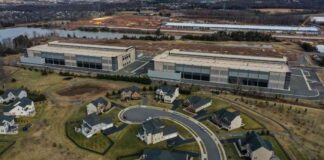Revisiting the Gilded Age: Trump’s Tariff Strategy Reexamined
President-elect Trump recently took to Truth Social to advocate for the use of tariffs, drawing parallels to the Gilded Age. However, experts are challenging this historical comparison, suggesting that tariffs may not have been the key factor in America’s manufacturing success during that era.
Trump’s Tariff Advocacy
In his post, Trump highlighted the Gilded Age as a period of economic prosperity fueled by protectionist policies like tariffs. He argued that imposing tariffs on foreign goods would help boost American manufacturing and bring back jobs to the country. This stance has been a cornerstone of his economic strategy, with tariffs being a central tool in his trade policies.
Expert Rebuttal
Despite Trump’s assertions, economists and historians have raised doubts about the effectiveness of tariffs in the Gilded Age. They argue that other factors, such as technological advancements, abundant natural resources, and a growing labor force, played a more significant role in driving economic growth during that time. Tariffs were just one piece of the puzzle and may not have been as influential as Trump suggests.
Historical Context
The Gilded Age, spanning from the late 19th century to the early 20th century, was characterized by rapid industrialization, urbanization, and economic growth in the United States. It was a time of great wealth for the upper class but also marked by social inequality, labor unrest, and political corruption. The era saw the rise of powerful industrialists like Andrew Carnegie and John D. Rockefeller, who amassed vast fortunes through their businesses.
Conclusion
As President-elect Trump looks to the past for inspiration in shaping his economic policies, it is essential to consider a holistic view of history. While the Gilded Age may offer some lessons, it is crucial to recognize the complexities and nuances of that era. Experts caution against oversimplifying the past and urge policymakers to take a more nuanced approach to trade and economic development in the modern world. By doing so, we can avoid repeating the mistakes of history and build a more prosperous future for all Americans.







